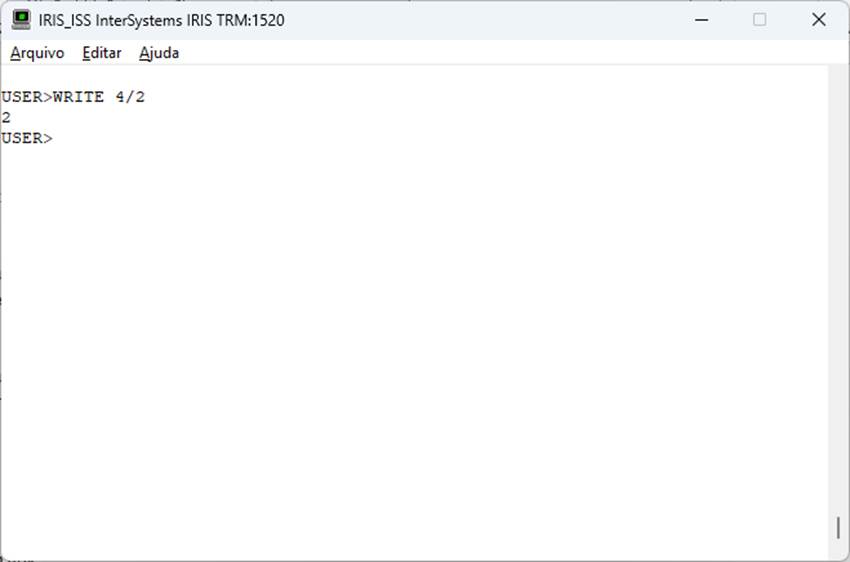Table of Contents
- Purpose of the article
- What containers are and why they make sense with IRIS
2.1 Containers and images in a nutshell
2.2 Why containers are useful for developers
2.3 Why IRIS works well with Docker - Prerequisites
- Installing the InterSystems IRIS image
4.1 Using Docker Hub
4.2 Pulling the image - Running the InterSystems IRIS image
5.1 Starting an IRIS container
5.2 Checking container status
5.3 Executing code in the container terminal
5.4 Accessing the IRIS Management Portal
5.5 Connecting the container to VS Code
5.6 Stopping or removing the container
5.7 Setting a specific password with a bind mount
5.8 Using durable %SYS volumes
5.8.1 What gets stored with durable %SYS
5.8.2 How to enable durable %SYS - Using Docker Compose
6.1 Docker Compose example
6.2 Running Docker Compose - Using a Dockerfile to run custom source code
7.1 Dockerfile example
7.2 Docker Compose example
7.3 Understanding layers, image tagging and build vs. run time
7.4 Source code and init script
7.5 Building the image with Dockerfile
7.6 Running instructions in the containerized IRIS terminal - Conclusion and what’s next



.png)
